Differences between the Milky Way and the Andromeda Galaxy
The Milky Way and the Andromeda Galaxy (M31) are both dominant spiral galaxies in the Local Group, which contains more than 60 galaxies. However, they have significant differences in terms of the size of their disks, their central bulges, and their supermassive central black holes.
1. Size of the Galactic Disks
Milky Way:
- The diameter of the Milky Way's galactic disk is estimated to be about 100,000 light-years.
- Its total mass is about 1,000 billion solar masses, with most of the mass in the form of dark matter.
- The thickness of the disk is about 1,000 light-years.
Andromeda (M31):
- Andromeda's disk is larger, with a diameter of about 220,000 light-years, roughly twice the extent of the Milky Way's disk.
- Its total mass is estimated to be slightly greater than that of the Milky Way, at about 1,200 billion solar masses.
- Its disk is also thicker, partly due to past merger activity with other galaxies.
2. Size of the Central Bulges
Milky Way:
- The central galactic bulge (spheroidal region at the center of the galaxy) has a diameter of about 10,000 light-years.
- It contains about 10 billion solar masses, mostly old stars and globular star clusters.
Andromeda (M31):
- The central bulge of M31 is much larger, with a diameter estimated to be about 30,000 light-years, making it one of the most massive bulges among known spiral galaxies.
- Its mass is significantly greater, reaching about 100 billion solar masses.
3. Supermassive Black Holes at the Center
Both galaxies host a supermassive black hole at their center, but their sizes and masses differ significantly.
Milky Way (Sagittarius A*):
- The central black hole of the Milky Way, Sagittarius A*, has a mass of about 4.1 million solar masses.
- It is relatively quiet, accreting little matter at present, making it difficult to observe directly.
Andromeda (M31):
- M31 also has a massive central black hole, with a mass estimated to be about 100 million solar masses, making it 25 times more massive than that of the Milky Way.
- This black hole is surrounded by a more active disk of matter, although it remains moderately quiet compared to those in active galaxies.
Summary Comparison
| Characteristic | Milky Way | Andromeda (M31) | Main Difference |
|---|---|---|---|
| Disk Diameter | ~100,000 light-years | ~220,000 light-years | M31 has a disk 2x wider. |
| Disk Mass | ~1,000 billion M☉ | ~1,200 billion M☉ | M31 is slightly more massive. |
| Bulge Diameter | ~10,000 light-years | ~30,000 light-years | The bulge of M31 is 3x larger. |
| Bulge Mass | ~10 billion M☉ | ~100 billion M☉ | The bulge of M31 is ~10x more massive. |
| Central Black Hole Mass | ~4.1 million M☉ | ~100 million M☉ | The black hole of M31 is ~25x more massive. |
Physical Note
The differences in mass and size can be partly explained by past galactic interactions and mergers.
The Milky Way has experienced a relatively stable period for several billion years, unlike Andromeda, which has likely merged with several satellite galaxies over the past 3 billion years, increasing its mass and the size of its bulge. These processes have also fueled the growth of its central black hole, which is much more massive than that of the Milky Way.

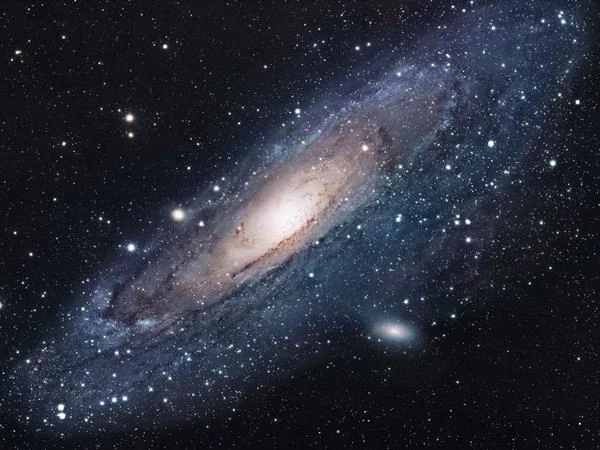
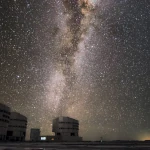 Why Is It So Hard to See the Milky Way?
Why Is It So Hard to See the Milky Way? 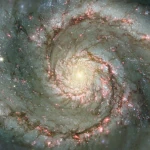 What Is a Galaxy? Journey to the Land of Billions of Stars
What Is a Galaxy? Journey to the Land of Billions of Stars 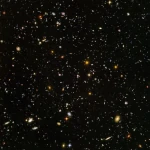 Galaxies from the Depths: Light from the Primordial Universe
Galaxies from the Depths: Light from the Primordial Universe 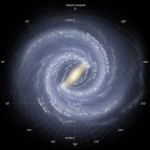 Journey to the Heart of the Milky Way: Mysteries and Wonders
Journey to the Heart of the Milky Way: Mysteries and Wonders 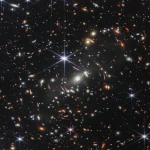 JWST and Protogalaxies: Exploring the First Cosmic Structures
JWST and Protogalaxies: Exploring the First Cosmic Structures 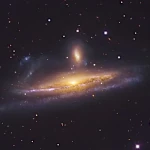 Collision and Cannibalism: How Large Galaxies Absorb Smaller Ones
Collision and Cannibalism: How Large Galaxies Absorb Smaller Ones 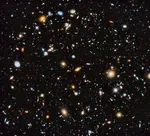 Beyond Our Senses!
Beyond Our Senses! 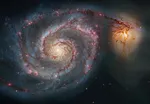 Future Collision of Our Galaxy with the Sagittarius Galaxy
Future Collision of Our Galaxy with the Sagittarius Galaxy 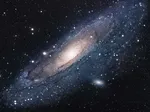 Differences between the Milky Way and the Andromeda Galaxy
Differences between the Milky Way and the Andromeda Galaxy 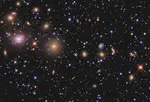 Why are Galaxies, Unlike Stars, So Close to Each Other?
Why are Galaxies, Unlike Stars, So Close to Each Other? 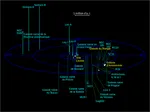 Galaxies of the Local Group
Galaxies of the Local Group 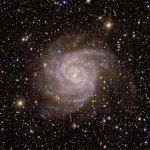 The hidden galaxy, one of Euclid's first images
The hidden galaxy, one of Euclid's first images 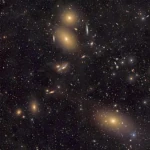 The Virgo Cluster spans approximately three Full Moons
The Virgo Cluster spans approximately three Full Moons  Where did the dark matter in our Galaxy go?
Where did the dark matter in our Galaxy go? 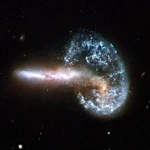 Galaxy Mergers: From Encounter to Coalescence
Galaxy Mergers: From Encounter to Coalescence 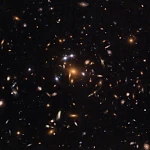 Gravitational Lenses: When Spacetime Bends Light
Gravitational Lenses: When Spacetime Bends Light 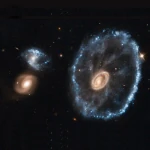 Cartwheel Galaxy: A Wheel of Fire in the Universe
Cartwheel Galaxy: A Wheel of Fire in the Universe 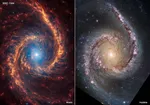 From Dust to Stars: The Composition of Galaxies
From Dust to Stars: The Composition of Galaxies 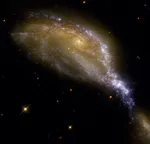 Galaxy Merger NGC 6745: A Traversal of One by the Other
Galaxy Merger NGC 6745: A Traversal of One by the Other 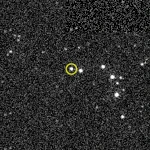 The mystery of gamma bursts
The mystery of gamma bursts 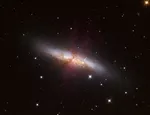 The Cigar Explosion
The Cigar Explosion 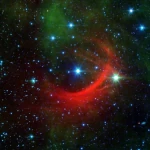 Extreme Shock Waves in the Universe: Impact on the Evolution of Cosmic Structures
Extreme Shock Waves in the Universe: Impact on the Evolution of Cosmic Structures 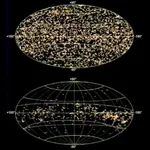 Gould's belt, a stellar fireworks display
Gould's belt, a stellar fireworks display 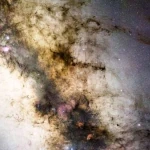 Zoom on Our Galaxy: Journey to the Center of the Milky Way
Zoom on Our Galaxy: Journey to the Center of the Milky Way 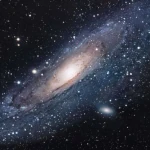 One Galaxy, Two Hearts: The Mystery of Andromeda's Double Nucleus
One Galaxy, Two Hearts: The Mystery of Andromeda's Double Nucleus 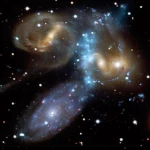 The most beautiful galaxy clusters
The most beautiful galaxy clusters 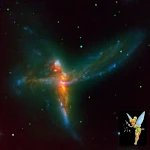 Tinker Bell's Gravitational Flight: A Merger of Three Galaxies
Tinker Bell's Gravitational Flight: A Merger of Three Galaxies  Coma or Berenice’s Hair: The Cosmic Colossus
Coma or Berenice’s Hair: The Cosmic Colossus 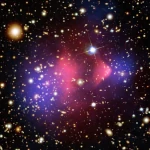 When Dark Matter Reveals Itself
When Dark Matter Reveals Itself 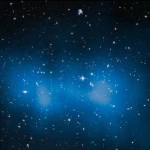 El Gordo galaxy cluster
El Gordo galaxy cluster 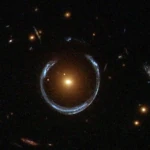 Einstein ring and cross
Einstein ring and cross 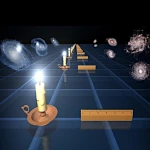 How to measure distances in the Universe?
How to measure distances in the Universe? 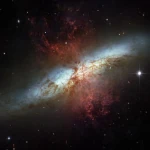 The Cigar Galaxy: A Smoke of Stars in the Night
The Cigar Galaxy: A Smoke of Stars in the Night  The Hubble Sequence: The Secret Code of Galactic Shapes
The Hubble Sequence: The Secret Code of Galactic Shapes  Dance of the Stars: The Arms of the Milky Way
Dance of the Stars: The Arms of the Milky Way 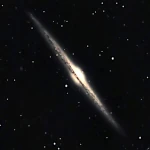 The most beautiful galaxies
The most beautiful galaxies 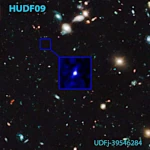 Ancient Galaxies and Cosmic Evolution: A Deep Look Back in Time
Ancient Galaxies and Cosmic Evolution: A Deep Look Back in Time 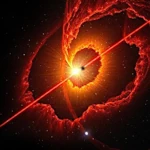 Quasars: Beacons of the Distant Cosmos
Quasars: Beacons of the Distant Cosmos 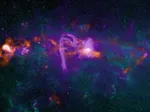 Sagittarius A black hole at the center of our Galaxy
Sagittarius A black hole at the center of our Galaxy 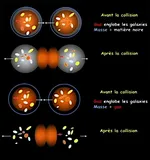 MOND Theory and Dark Matter: Why MOND Fails in Cluster Collisions
MOND Theory and Dark Matter: Why MOND Fails in Cluster Collisions  Central area of the Milky Way
Central area of the Milky Way  Laniakea, our supercluster of galaxies
Laniakea, our supercluster of galaxies 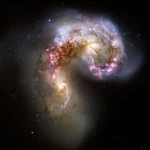 The Antennae Galaxies: An Ongoing Cosmic Collision
The Antennae Galaxies: An Ongoing Cosmic Collision 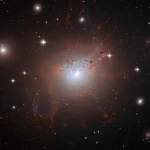 NGC 1275: A Turbulent Galaxy in the Perseus Cluster
NGC 1275: A Turbulent Galaxy in the Perseus Cluster  NGC 1672: A Barred Spiral Galaxy in Full Activity
NGC 1672: A Barred Spiral Galaxy in Full Activity